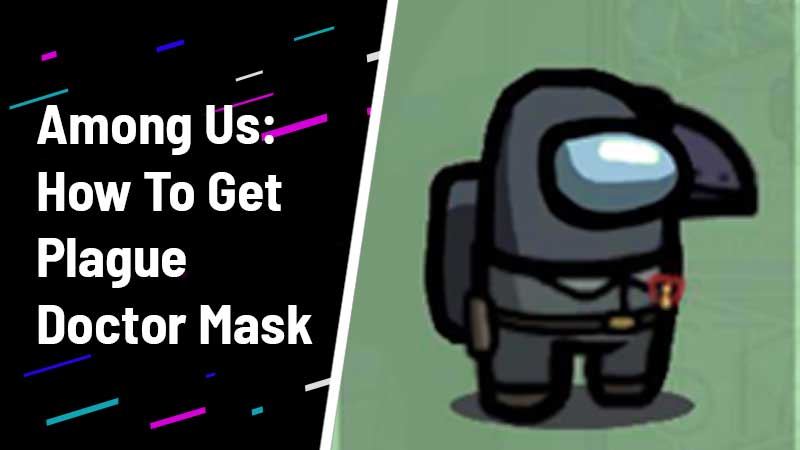
You will explore the city with your personal Plague Doctor, our forgotten hero A. Including your own plague protection mask you will go back to the times of the Black Death and plague in Prague of the 18th Century. Seems you all look fine for now, but I´ll keep an eye on you." May the holy Rochus and Sebastian be on our side today, to let us enter, but also leave the town once we finished our work. Plague doctors wore these protective costumes in accordance with their agreements when they attended their plague patients."With the Almighty and the fortunte constellation of the stars Jupiter, Mars and Saturn, we welcome you to Prague, my fellows. The costume terrified people because if one saw it, it was a sign of imminent death. This costume was also worn by plague doctors during the Plague of 1656, which killed 145,000 people in Rome and 300,000 in Naples. Their robes, leggings, hats, and gloves were made of morocco leather.

The plague doctors of Nijmegen also wore beaked masks. The costume forms the frontispiece of Manget’s 1721 work. The Genevese physician Jean-Jacques Manget, in his 1721 work Treatise on the Plague written just after the Great Plague of Marseille, describes the costume worn by plague doctors at Nijmegen in 1636–1637. Plague doctor outfit from Germany (17th century). Lorme wrote that the mask had a “nose half a foot long, shaped like a beak, filled with perfume with only two holes, one on each side near the nostrils, but that can suffice to breathe and to carry along with the air one breathes the impression of the drugs enclosed further along in the beak.” The garment was impregnated with similar fragrant items as the beak mask. The over-clothing garment, as well as leggings, gloves, boots, and a hat, were made of waxed leather. This consisted of a bird-like mask with spectacles, and a long leather (Moroccan or Levantine) or waxed-canvas gown which went from the neck to the ankle.
#The plague doctor original full#
Medical historians have attributed the invention of the “beak doctor” costume to Charles de Lorme, who adopted in 1619 the idea of a full head-to-toe protective garment, modeled after a soldier’s armor. The canes were also used to keep people away, to remove clothing from plague victims without having to touch them, and to take a patient’s pulse. They used wooden canes in order to point out areas needing attention and to examine patients without touching them. The beak doctor costume worn by plague doctors had a wide-brimmed leather hat to indicate their profession. His nose-case is filled with herbal material to keep off the plague. 1721, of a plague doctor of Marseilles (introduced as ‘Dr Beaky of Rome’). Doctors believed the herbs would counter the “evil” smells of the plague and prevent them from becoming infected. The purpose of the mask was to keep away bad smells, known as miasma, which were thought to be the principal cause of the disease, before it was disproved by germ theory. The beak could hold dried flowers (including roses and carnations), herbs (including mint), spices, camphor, or a vinegar sponge. The mask had two small nose holes and was a type of respirator which contained aromatic items. The mask had glass openings in the eyes and a curved beak shaped like a bird’s beak with straps that held the beak in front of the doctor’s nose. This theory of disease believed that people got sick from “bad air”, and so what this mask’s long nose was designed to do was the wearers would put pleasant smelling herbs and light then on fire to prevent Miasma from being inhaled by the wearer by “cleansing” the “bad air”.

This mask was designed to fight against the Miasma theory. During medieval Europe, there were two main theories of how diseases were spread and contracted: the Four Humors theory, and the Miasma theory. This was the first design of the Plague Doctor’s mask.


 0 kommentar(er)
0 kommentar(er)
